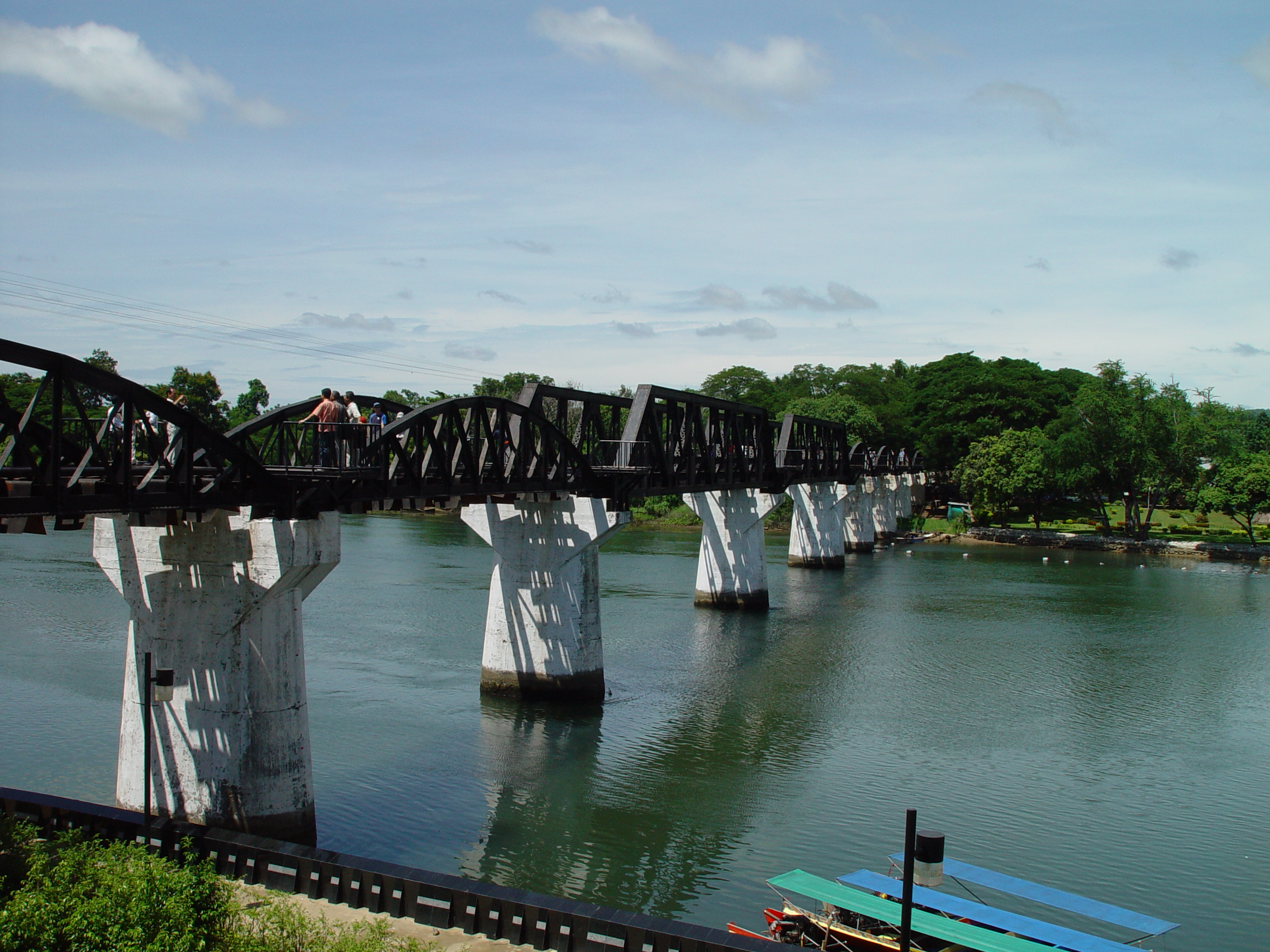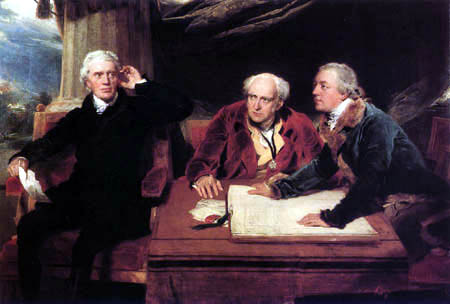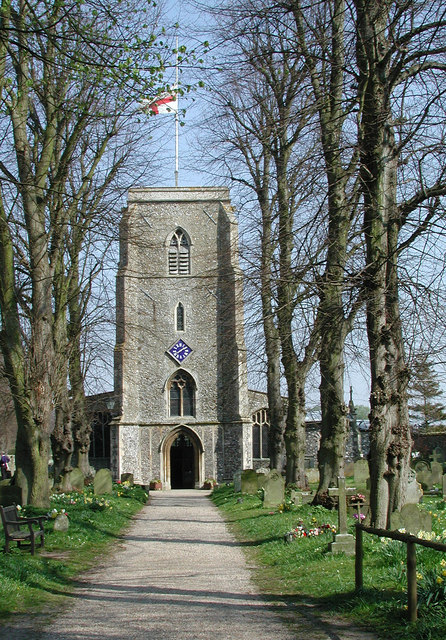|
Philip Toosey
Brigadier Sir Philip John Denton Toosey (12 August 1904 – 22 December 1975) was, as a Lieutenant Colonel, the senior Allied officer in the Japanese prisoner-of-war camp at Tha Maa Kham (known as Tamarkan) in Thailand during World War II. The men at this camp built Bridge 277 of the Burma Railway as later fictionalized in the book '' The Bridge over the River Kwai'' by Pierre Boulle, and since adapted into the Oscar-winning film '' The Bridge on the River Kwai'' in which Alec Guinness played the senior British officer, Lt Col Nicholson. Both the book and film outraged former prisoners because Toosey did not collaborate with the enemy, unlike the fictional Lt Col Nicholson. Early life Toosey was born in Upton Road, Oxton, Birkenhead, one of seven children of Charles Denton Toosey, proprietor of a successful shipping agency (Ross, Skolfield & Company), and Caroline (née Percy), whose father had been governor of Dublin Gaol. He was educated at home until the age of nine, ... [...More Info...] [...Related Items...] OR: [Wikipedia] [Google] [Baidu] |
Oxton, Merseyside
Oxton is a suburb of Birkenhead, Merseyside, England. Administratively it is a ward of the Metropolitan Borough of Wirral. Originally a village in its own right, it became part of the Municipal Borough of Birkenhead upon its creation in 1877. Before local government reorganisation on 1 April 1974, it was part of the County Borough of Birkenhead, within the county of Cheshire. History The name ''Oxa-tún'' derives from Old Norse, meaning "a farm or enclosure where oxen are kept". By 1278, the name had been adapted into Old English as ''Oxeton'' and was recorded as ''Oxon'' in 1549. Oxton was once one of the most affluent areas in England mainly due to its proximity to Liverpool and the fact that along with various other Wirral locations, it was a favourite residential area for wealthy Liverpool merchants and tradesmen of the time. Oxton Village is a mainly early Victorian era settlement with fine sandstone and brick built houses, many of which now form part of a conservation are ... [...More Info...] [...Related Items...] OR: [Wikipedia] [Google] [Baidu] |
The Bridge On The River Kwai
''The Bridge on the River Kwai'' is a 1957 epic war film directed by David Lean and based on the 1952 novel written by Pierre Boulle. Although the film uses the historical setting of the construction of the Burma Railway in 1942–1943, the plot and characters of Boulle's novel and the screenplay are almost entirely fictional."Remembering the railway: ''The Bridge on the River Kwai'' ''www.hellfire-pass.commemoration.gov.au''. Retrieved 09-24-2015. The cast includes , |
Belgium
Belgium, ; french: Belgique ; german: Belgien officially the Kingdom of Belgium, is a country in Northwestern Europe. The country is bordered by the Netherlands to the north, Germany to the east, Luxembourg to the southeast, France to the southwest, and the North Sea to the northwest. It covers an area of and has a population of more than 11.5 million, making it the 22nd most densely populated country in the world and the 6th most densely populated country in Europe, with a density of . Belgium is part of an area known as the Low Countries, historically a somewhat larger region than the Benelux group of states, as it also included parts of northern France. The capital and largest city is Brussels; other major cities are Antwerp, Ghent, Charleroi, Liège, Bruges, Namur, and Leuven. Belgium is a sovereign state and a federal constitutional monarchy with a parliamentary system. Its institutional organization is complex and is structured on both regional ... [...More Info...] [...Related Items...] OR: [Wikipedia] [Google] [Baidu] |
Barings Bank
Barings Bank was a British merchant bank based in London, and one of England's List of oldest banks in continuous operation, oldest merchant banks after Berenberg Bank, Barings' close collaborator and German representative. It was founded in 1762 by Sir Francis Baring, 1st Baronet, Francis Baring, a British-born member of the German-British Baring family of merchants and bankers. The bank collapsed in 1995 after suffering losses of £827 million (£ billion in ) resulting from fraudulent investments, primarily in futures contracts, conducted by its employee Nick Leeson, working at its office in Singapore. History 1762–1889 Barings Bank was founded in 1762 as the John and Francis Baring Company by Sir Francis Baring, 1st Baronet, with his older brother John Baring (1730–1816), John Baring as a mostly silent partner. They were sons of Johann Baring, John (né Johann) Baring, wool trader of Exeter, born in Bremen, Germany. The company started business in offices off Cheapsid ... [...More Info...] [...Related Items...] OR: [Wikipedia] [Google] [Baidu] |
Lieutenant Colonel (United Kingdom)
Lieutenant colonel (Lt Col), is a rank in the British Army and Royal Marines which is also used in many Commonwealth of Nations, Commonwealth countries. The rank is superior to Major (United Kingdom), major, and subordinate to Colonel (United Kingdom), colonel. The comparable Royal Navy rank is Commander (Royal Navy), commander, and the comparable rank in the Royal Air Force and many Commonwealth of Nations, Commonwealth air forces is Wing commander (rank), wing commander. The rank insignia in the British Army and Royal Marines, as well as many Commonwealth countries, is a crown above a Order of the Bath, four-pointed "Bath" star, also colloquially referred to as a British Army officer rank insignia, "pip". The crown has varied in the past with different monarchs; the current one being the St Edward's Crown, Crown of St Edward. Most other Commonwealth countries use the same insignia, or with the state emblem replacing the crown. In the modern British Armed forces, the establishe ... [...More Info...] [...Related Items...] OR: [Wikipedia] [Google] [Baidu] |
Territorial Army (United Kingdom)
The Army Reserve is the active-duty volunteer reserve force of the British Army. It is separate from the Regular Reserve whose members are ex-Regular personnel who retain a statutory liability for service. The Army Reserve was known as the Territorial Force from 1908 to 1921, the Territorial Army (TA) from 1921 to 1967, the Territorial and Army Volunteer Reserve (TAVR) from 1967 to 1979, and again the Territorial Army (TA) from 1979 to 2014. The Army Reserve was created as the Territorial Force in 1908 by the Secretary of State for War, Richard Haldane, when the Territorial and Reserve Forces Act 1907 combined the previously civilian-administered Volunteer Force, with the mounted Yeomanry (at the same time the Militia was renamed the Special Reserve). Haldane planned a volunteer "Territorial Force", to provide a second line for the six divisions of the Expeditionary Force which he was establishing as the centerpiece of the Regular Army. The Territorial Force was to be comp ... [...More Info...] [...Related Items...] OR: [Wikipedia] [Google] [Baidu] |
4th Lancashire Artillery Volunteers
The 4th Lancashire Artillery Volunteers, later renamed to the 4th West Lancashire Brigade, known as 'The Old 4th', was a part-time unit of the British Army's Royal Artillery founded in Liverpool in 1859. It served on the Western Front during World War I, one of its members winning the Victoria Cross at Cambrai. Between the world wars the unit pioneered mechanical traction methods. During World War II it formed three regiments that saw action at Dunkirk, in East Africa, on Crete, at Tobruk (where one of its regiments was captured), in Burma, and in the final campaigns in Italy and North West Europe. It continued in the post-war Territorial Army until 1973. Volunteer Force Origin The enthusiasm for the Volunteer movement following an invasion scare in 1859 saw the creation of many units composed of part-time soldiers eager to supplement the Regular British Army in time of need.Anon, ''History'', pp. 1–4. One of the first and largest such units was the 4th Lancashire Artillery Vo ... [...More Info...] [...Related Items...] OR: [Wikipedia] [Google] [Baidu] |
1926 United Kingdom General Strike
The 1926 general strike in the United Kingdom was a general strike that lasted nine days, from 4 to 12 May 1926. It was called by the General Council of the Trades Union Congress (TUC) in an unsuccessful attempt to force the British government to act to prevent wage reductions and worsening conditions for 1.2 million locked-out coal miners. Some 1.7 million workers went out, especially in transport and heavy industry. The government was well prepared, and enlisted middle class volunteers to maintain essential services. There was little violence and the TUC gave up in defeat. Causes From 1914 to 1918, the United Kingdom participated in World War I. Heavy domestic use of coal during the war depleted once-rich seams. Britain exported less coal during the war than it would have in peacetime, allowing other countries to fill the gap. This particularly benefited the strong coal industries of the United States, Poland, and Germany. In the early 1880s, coal production was ... [...More Info...] [...Related Items...] OR: [Wikipedia] [Google] [Baidu] |
Liverpool
Liverpool is a city and metropolitan borough in Merseyside, England. With a population of in 2019, it is the 10th largest English district by population and its metropolitan area is the fifth largest in the United Kingdom, with a population of 2.24 million. On the eastern side of the Mersey Estuary, Liverpool historically lay within the ancient hundred of West Derby in the county of Lancashire. It became a borough in 1207, a city in 1880, and a county borough independent of the newly-created Lancashire County Council in 1889. Its growth as a major port was paralleled by the expansion of the city throughout the Industrial Revolution. Along with general cargo, freight, and raw materials such as coal and cotton, merchants were involved in the slave trade. In the 19th century, Liverpool was a major port of departure for English and Irish emigrants to North America. It was also home to both the Cunard and White Star Lines, and was the port of registry of the ocean li ... [...More Info...] [...Related Items...] OR: [Wikipedia] [Google] [Baidu] |
University Of Cambridge
, mottoeng = Literal: From here, light and sacred draughts. Non literal: From this place, we gain enlightenment and precious knowledge. , established = , other_name = The Chancellor, Masters and Scholars of the University of Cambridge , type = Public research university , endowment = £7.121 billion (including colleges) , budget = £2.308 billion (excluding colleges) , chancellor = The Lord Sainsbury of Turville , vice_chancellor = Anthony Freeling , students = 24,450 (2020) , undergrad = 12,850 (2020) , postgrad = 11,600 (2020) , city = Cambridge , country = England , campus_type = , sporting_affiliations = The Sporting Blue , colours = Cambridge Blue , website = , logo = University of Cambridge logo ... [...More Info...] [...Related Items...] OR: [Wikipedia] [Google] [Baidu] |
Holt, Norfolk
Holt is a market town, civil parish and electoral ward in the English county of Norfolk. The town is north of the city of Norwich, west of Cromer and east of King's Lynn. The town has a population of 3,550, rising and including the ward to 3,810 at the 2011 census. Holt is within the area covered by North Norfolk District Council. Holt has a heritage railway station; it is the south-western terminus of the preserved North Norfolk Railway, known as the ''Poppy Line''. History Origins The most likely derivation of the name Holt is from an Anglo-Saxon word for woodland,Brooks, Peter, ''Holt, Georgian Market Town'', (Cromer: Poppyland Publishing, second edition 2001, ) and Holt is located on wooded high ground of the Cromer-Holt ridge at the crossing point of two ancient by-ways and as such was a natural point for a settlement to grow. The town has a mention in the great survey of 1086 known as the Domesday Book. In the survey it is described as a market town and a port with ... [...More Info...] [...Related Items...] OR: [Wikipedia] [Google] [Baidu] |
Gresham's School
Gresham's School is a Public school (United Kingdom), public school (English Independent school (United Kingdom), independent Day school, day and boarding school) in Holt, Norfolk, Holt, Norfolk, England, one of the top thirty International Baccalaureate schools in England. The school was founded in 1555 by John Gresham, Sir John Gresham as a free grammar school for forty boys, following Henry VIII of England, King Henry VIII's Dissolution of the Monasteries, dissolution of Priory of St Mary in the Meadow, Beeston Regis, Beeston Priory. The founder left the school's endowments in the hands of the Worshipful Company of Fishmongers of the City of London, who are still the school's trustees. In the 1890s, an increase in the rental income of property in the City of London led to a major expansion of the school, which built many new buildings on land it owned on the eastern edge of Holt, including several new Boarding school, boarding house system, houses as well as new teaching bui ... [...More Info...] [...Related Items...] OR: [Wikipedia] [Google] [Baidu] |








